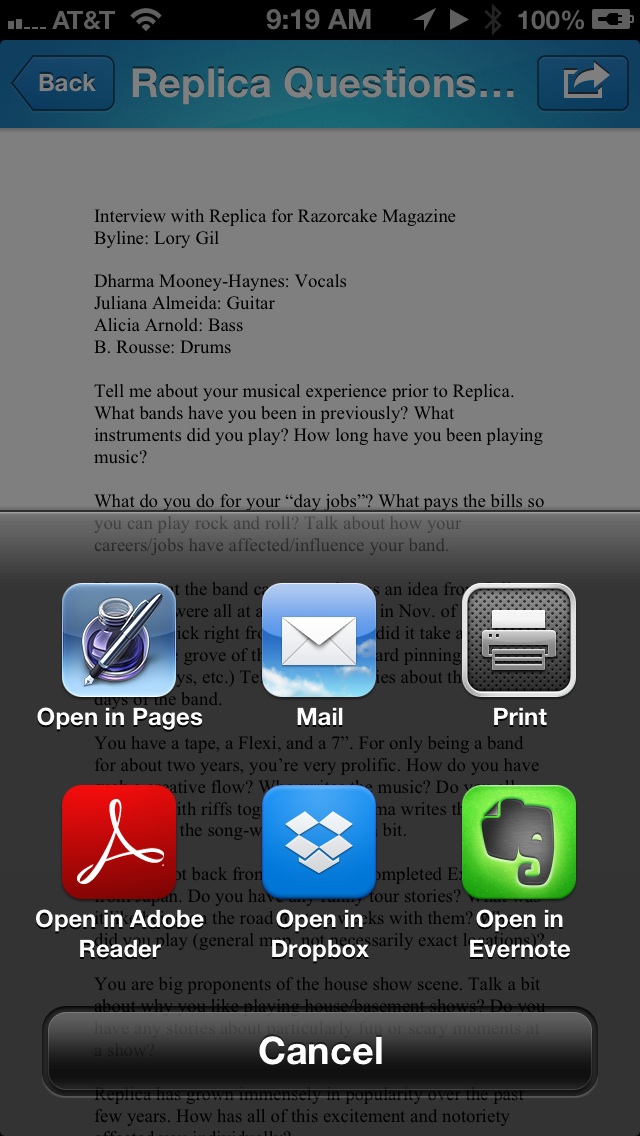

#Deskconnect discontinued mac
The iMac - the foundational device of the Apple we know today - was the fist Mac that didn’t come with an obvious way to customize its capabilities. This same year, Apple discontinued Hypercard. The emphasis was on using the tool, on consuming content from the web. Instead of a blinking cursor, it prominently featured the Internet Explorer web browser. The “i” was for Internet, and this computer that would come to define the new Apple was in every way a consumer device, designed for every kind of person to use, not just computer nerds. In 1998, marking the triumphant return of Steve Jobs, Apple released the iMac G3. Early Macintosh computers shipped with Hypercard, which you were invited to use to create recipe books and home inventories, but was also famously used to create the hugely-popular game Myst. Two Bicycle-free DecadesĮarly home computers shipped with BASIC. And they inevitably will, thanks to the power of tinkering. This means the woodworker is fully empowered to build their own tools. In a woodshop, the same tools you use to do the work are also the tools you use to to the meta-work of automation. Tinkering means experimenting, trying things out, and expanding your capabilities. Tinkering with color correction led directly to Magic Bullet. It was years of tinkering with expressions in After Effects that led me to create my short film TANK. You may discover that a jig can speed up your work by tinkering away with the tools you use every day. You can use a hammer and saw to build a bookshelf, or you can use them to build a jig that will speed up your production of a dozen bookshelves. As combination tools-and-tool-creation-systems, they were a lot like a hammer or a saw that you might find in a woodshop. The blinking cursor on an Apple II or Commodore 64 was as much an invitation to create your own BASIC program as it was to load and run someone else’s.Įarly home computers were powerful for the time, but also simple. The first home computers were tools, but also expressly and proudly tool-creation devices. Or it could be as complicated as a multi-step Photoshop Action, or even a proprietary asset management system.Ĭreators build tools, which means they need tools for building tools.

This might be as simple as a customized spreadsheet to model your business plan, or a set of TextExpander snippets that automate your customer support replies. You might build a small business entirely around pre-packaged services like eBay or Shopify or Squarespace, but at some point you’re going to go beyond just using computers and services and start creating tools to make your work easier. Many people use their computers for creative work, but, as I covered in my last post, everyone who does any kind of work also does some kind of meta-work, creating tools and systems that support their process. Or, in the words of former Apple Product Manager of Automation Technologies Sal Soghoian, “the power of the computer should reside in the hands of the one using it.” Creators Build Tools To me, whether Jobs intended it this way or not, the “bicycle for the mind” is the tool that empowers you to repurpose it for your specific needs, not just to consume things with it, or use it in the same way as everyone else. A computer is a bicycle that makes bicycles, and a human is most magnified when they are a tool builder, not just a tool user. One thing I draw from it, that others may or may not, is that the bicycle-like properties of the computer are strongest for those who use this remarkable tool to make tools of their own. It’s far-reaching and it works from many different angles. I love this analogy for many reasons, but primarily because it’s not simple. And the computer, Jobs believed, is “the most remarkable tool that we’ve ever come up with.” So what a bicycle can do for our bodies, a computer can do for our minds.


They make us better versions of ourselves. The tools we create magnify our capabilities. The gist is that humans aren’t very efficient at getting around when compared to the rest of the animal kingdom, but because we are “tool builders,” we can more than make up for it. Steve Jobs famously described the computer as “a bicycle for our minds.” Whether or not you’ve heard that before, it’s worth refreshing your memory on the context by watching this short video.


 0 kommentar(er)
0 kommentar(er)
